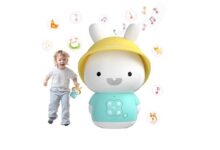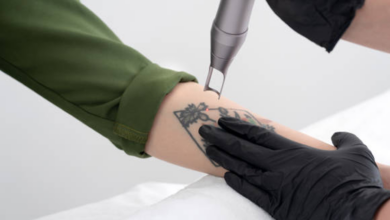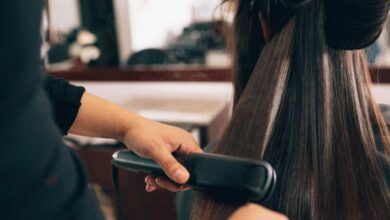Has an especially well-designed room layout or product ever caught your eye on Instagram? Perhaps it was a travel photo from Antelope Canyon or Santorini. Whatever the case, complementary colors were likely part of the reason why you stopped mid-scroll.
Marketing professionals know how important well-thought-out color palettes can be to selling a product or making a successful marketing campaign.
The same is true of your resume. After all, you use this document to market yourself to potential employers. How can you choose the best colors for your resume? Below, we’ll examine how selecting the perfect color combination can make your resume pop.
Why Is Color Important?
“Color is a critical aspect of a design,” says Shutterstock’s Whitney Holden. “Color sets the tone of any visual, engaging viewers while shaping their perceptions.”
Wheels and Color Theory
Color theory provides a logical structure for organizing, thinking about, and talking about color. Think back to your mandatory high school art class. Do you remember seeing a diagram that was essentially a rainbow bent into a circle? That was one manifestation of color theory – the color wheel.
Color wheels “diagram the relationship between colors.” You can use a color wheel to determine which colors will “match” or look good together. This is called color harmony. Try out this nifty automatic color wheel tool from Canva.
You can use the color wheel to determine the harmony of the following color combinations.
Complementary Colors
Complementary colors are located on opposite sides of the color wheel. They are very different from each other, but together they are pleasing to the eye.
Examples of complementary colors include red and cyan, as used on nautical flags; orange and blue, as used in many online ads; and pink and green, the colors of a watermelon slice.
Monochromatic Colors
Monochromatic color schemes use “three shades, tones, and tints of one base color” to provide “a subtle and conservative color combination.” For example, you might use light blue, medium blue, and dark blue together.
Analogous Colors
Analogous colors are located beside one another on the color wheel. To use analogous colors, it is best to select one dominant color and use one or two adjacent colors as accents.
Examples of analogous colors include blue and purple, purple and pink, red and orange, orange and yellow, or yellow and green.
Read Also: Instagram Aesthetic Icons – Get The Neon Instagram Logo
Triadic Colors
Triadic color patterns are made up of three colors evenly spaced on the color wheel. A common triad is red, blue, and green.
Tetradic Colors
Tetradic designs use four colors that are evenly spaced on the color wheel – two sets of complementary colors at a perpendicular angle to one another.
An example of a tetradic color combination is pink, orange, blue, and green. Again, with this many colors, it is good to select one as dominant in the design and use the others for accents.
You can also look for harmonious colors in nature. For example, the combination of red, green, and yellow does not fit any of the above harmonious combinations. Yet, it appears on some flowering plants. When you use these three colors in a design, it looks just as good as on the flower!
See Also: CV Parsing: How Your Resume is Convincing in E-recruiting
Selecting Your Resume Colors
The theory of color psychology purports that colors can convey universal meanings due to physiological reactions or common experiences.
For example, red, when used in moderation, can convey strength. It says, “I’m the boss.”
Black and white or black and pink designs can communicate a sense of sophistication. Blue can evoke calmness and trust. Lighter greens suggest nature, healing, and safety. Yellow is cheerful and creative.
One of the most important things to remember is not to go overboard with the use of color on your resume. Don’t use it so much that it distracts from the text or makes your resume hard to read.
Tip: print your colorful resume using black and white ink. This will help you to know what it will look like if your hiring manager decides to print it. If there is not enough contrast to make the text easily readable, make some adjustments and try again.
If you’re having trouble choosing or you feel that color theory is a bit overwhelming, you can use a professionally designed resume template instead – after all, pro designers have already taken color theory into account for you.
See Also: What is the difference between a biography and a resume?
Key Takeaways
Designing well with colors in a scientific endeavor. Colors interact with one another in complex ways. These can be explained and determined by a color wheel.
When you use harmonious colors – complementary, analogous, monochromatic, triadic, or tetradic combinations – they are appealing to the eye.
Certain colors can also elicit emotions, so use color wisely. If you are still unsure of how to best use color on your resume, utilize an online resume template.









